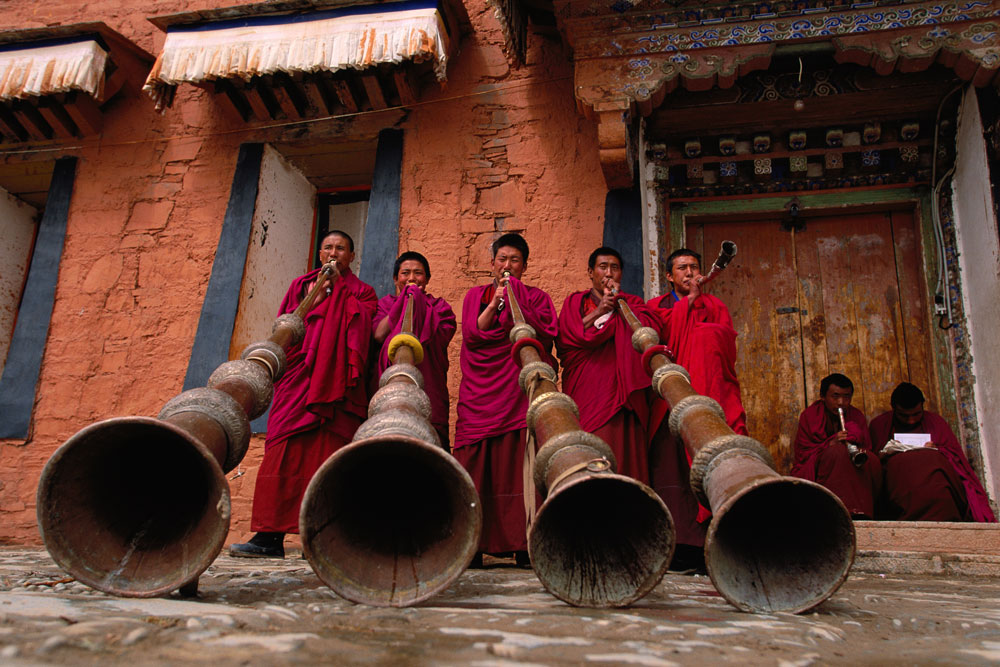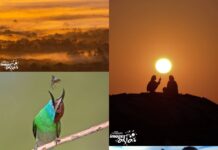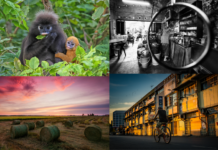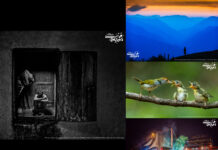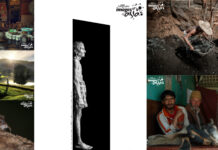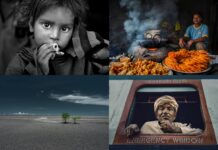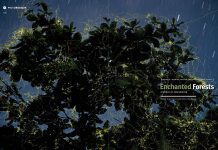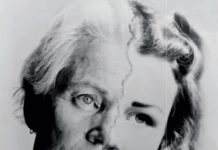The Great Explorers
Michael Yamashita is an award-winning photographer whose most notable assignments include his work tracing the Silk Road for National Geographic – an ongoing visual investigation in the footsteps of some of the greatest explorers in history. Asian Geographic caught up with him to discuss his previous work and current engagements.
[share]
[project_links]
Tell us what you’ve been working on recently.
At the moment I’m shooting for a major Chinese cellphone company. It is amazing to see the quality of photograph that you can shoot with a cellphone. Of course, I now use a cellphone in my own work, especially for Instagram. But it’s still not a professional camera, even though they’re expecting me to shoot as if it is one, so there is some frustration where I’m thinking, “If only I had a real camera, I’d really be able to nail this situation so easily!” It has its limitations, but the quality of the file is pretty amazing. I’ve been working on this for several weeks, including a trip to Beijing, challenging this cellphone to shoot in challenging situations, like in low light. It has a lot of professional features and shooting action, and stuff you would not normally think of using a cell phone for.
[Next week, when I’m in China], I’m actually shooting cars going through their paces in the desert. I know it’s a down period for a lot of photographers because there are so very few publications, but [for me] it’s never been a better time for assignments – less for print, and more for web!
You mentioned in an older interview with Asian Geographic (link the interview) that you and your team have been running out of ideas to document. How do you seek out new projects?
It’s true! It’s my trademark to be working on Chinese icons and I’ve covered them all now… but that doesn’t mean that my work is finished. I continue to revisit these places, and the Silk Road is a travelling show. It just keeps going. You’ll eventually see a new book on the Silk Road. I’ve covered Zheng He’s journeys along the Martime Silk Route, and Marco Polo’s journeys on the Silk Road. My current exhibition is called “The Silk Road Journey” and it combines images from both. It’s an ongoing project. My last show was in London. So far, I’ve had seven shows in several cities, including Atlanta, Beijing, Hong Kong, Singapore, and various cities in China.
A couple of years ago, I was in Singapore shooting for the Maritime Port Authority, and the pictures I took of modern-day Singapore also went into this body of work for the One Belt, One Road initiative. It’s just my good fortune that this is such a big deal now for China’s foreign policy, and this is why these photographs continue to be in such high demand.
How do you approach storytelling in your photography?
Invariably, I’m working on a story – whether it consists of landscapes or people doing what they do – and my job is to show that in an artful, meaningful way. In my recent editorial assignment, I photographed the Irrawaddy River for the Nature Conservancy, addressing how so many people depend on it for their lives – and to document some of the problems associated with this. I worked on showing everything from the markets that sell fish, to the pollution that’s ruining sections of the river, and general ignorance of people dumping stuff in the river. There’s almost always a theme driving what I’m working on. I don’t wander around looking for individual pictures. I usually focus on creating a body of work to tell a story.
How do you feel your mastery of film helps you in your operation of a digital camera?
You’ll find that in most colleges and photography schools still shoot film, because through film’s low tolerance for mistakes, you learn a lot about exposure, f-stops and shutter speeds. Today’s digital cameras are so good and easy to use. I don’t do many workshops – maybe one or two a year – but I’m always amazed at how little most people at workshops know about these very basic things. Even if you have [your camera] on automatic all the time, you still have to know these basics. The best training comes from having worked with film, especially with exposure: you have to be very accurate.
You have been quite involved in educational projects everywhere – the workshops, and the lectures you give at schools. What is your hope for coming generations of photographers?
I think the opportunities for photographers are so much bigger now, and you have a chance to reach audiences without having a picture editor over your head saying, “Here’s what is good, and we’re going to publish this.” That’s the way it used to be, but now the Internet – and especially Instagram – can show your photographs. You can really influence people with your photos. At almost every exhibition I give a talk at, I discuss the behind-the-scenes process of making a photograph, which photographers are most interested in. I hope to inspire these young audiences to do it themselves. It’s never been easier to reach an audience and influence people with your pictures – that’s the beauty of photography.
I don’t think there’s ever been more interest than there is now in photography. It’s great to see that so many more people are becoming more visually literate.
How have your travels changed your view of “home”?
It hasn’t changed in thirty-plus years! I’m still on the road for about six months of the year, and I still love to travel – as much as I like my time at home. Photography is not a job – it’s a lifestyle. With communication being what it is, I can be on my computer and talk to my family and friends back home through a video call, so life has improved in that respect.
Is there a project that has had great personal significance to you and why was it special?
I can name so many of them. I have seven books, pretty much all from National Geographic assignments, but the one that has really had the most resonance was Marco Polo and the Silk Road, because it also generated a TV documentary. Even today, we’re working on the OBOR project, and this has revived interest in the Silk Road. I love multicultural stories, and this one really involved the entire world, from Europe to my usual Asian and Middle Eastern subjects, an on to Africa. In terms of impact, that’s followed by [my work on] Zheng He, which seems to be a subject that everybody keeps coming back to. So, this body of work of mine has become increasingly valuable.
Visit Michael’s website (link www.michaelyamashita.com) for more information about his current projects and upcoming exhibitions.
MICHAEL YAMASHITA has been shooting for National Geographic magazine for over 30 years, combining his passions for photography and travel. After graduating from Wesleyan University with a degree in Asian studies, he spent seven years in Asia, which became his photographic area of specialty. Upon returning to the US, Yamashita began shooting for National Geographic and other international magazines. In addition to Yamashita’s focus on Asia, his work has taken him to six continents. Yamashita’s specialty is in retracing the paths of famous travellers, resulting in stories on Marco Polo and Zheng He. A frequent keynote speaker for corporations and foundations, as well as a lecturer at schools and workshops around the world, Yamashita has received numerous awards from Photo District News, the New York Art Directors Club, and the Asian-American Journalists Association, among others. Exhibits of his work have opened throughout Asia, in Tokyo, Beijing, Seoul, Hong Kong, Mumbai, Taipei and Singapore. Yamashita currently has a travelling exhibition, The Silk Road Journey, being shown in conjunction with Reignwood Cultural Foundation’s One Road One Belt (OBOR) initiative.
www.michaelyamashita.com
Check out the whole compilation of stunning photos and stories in Asian Geographic Expeditions Special Edition 2017-2018


